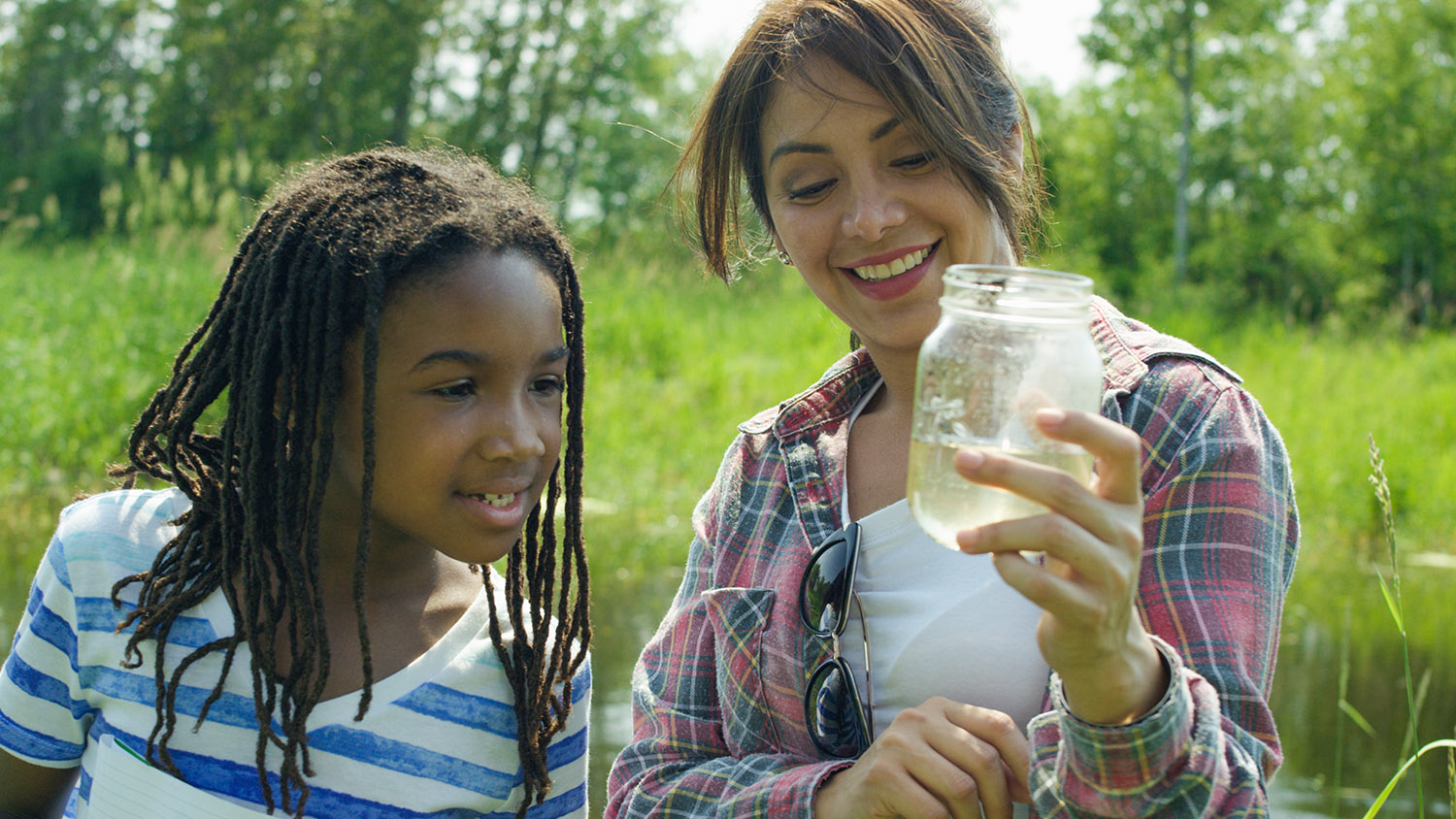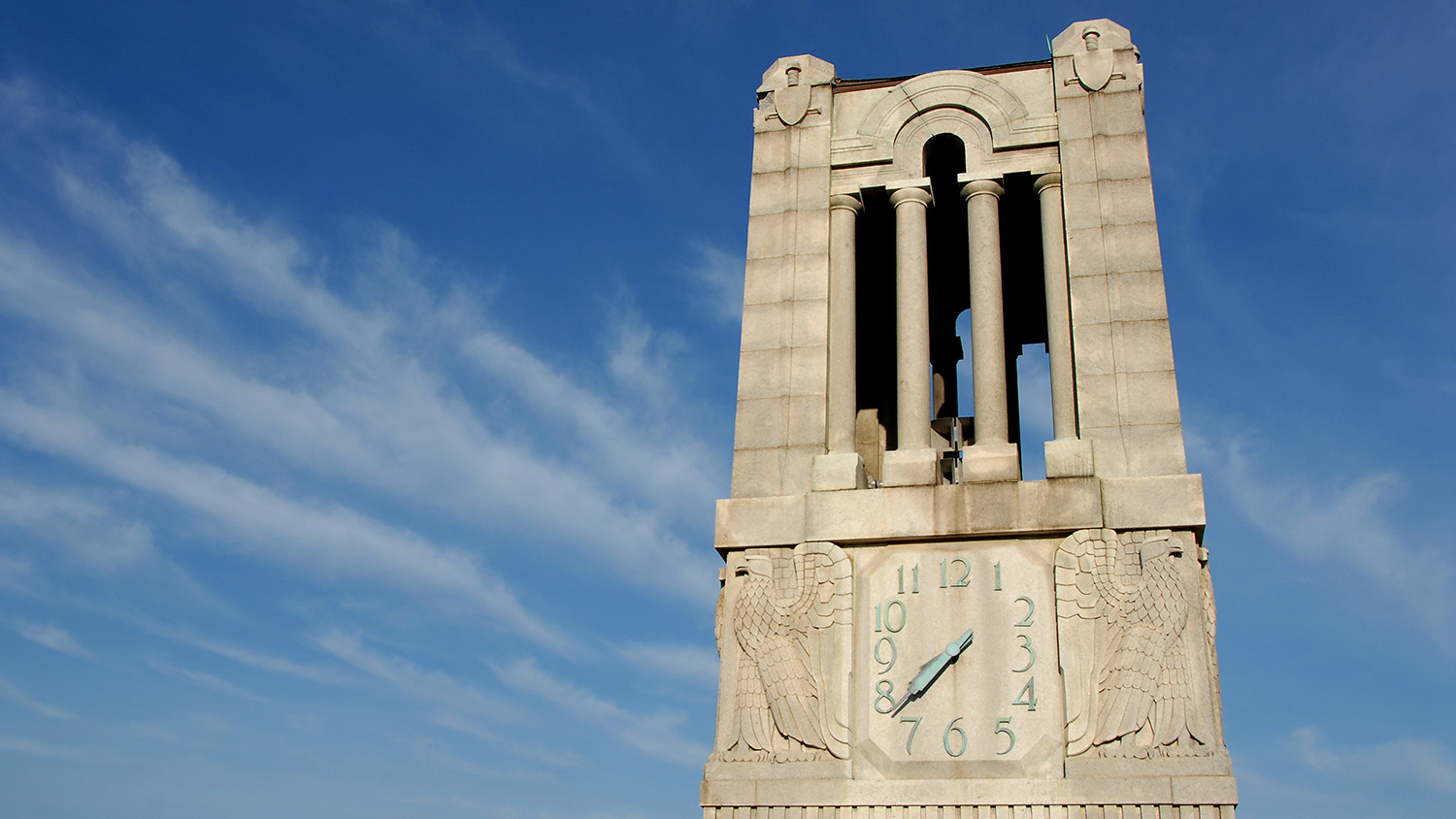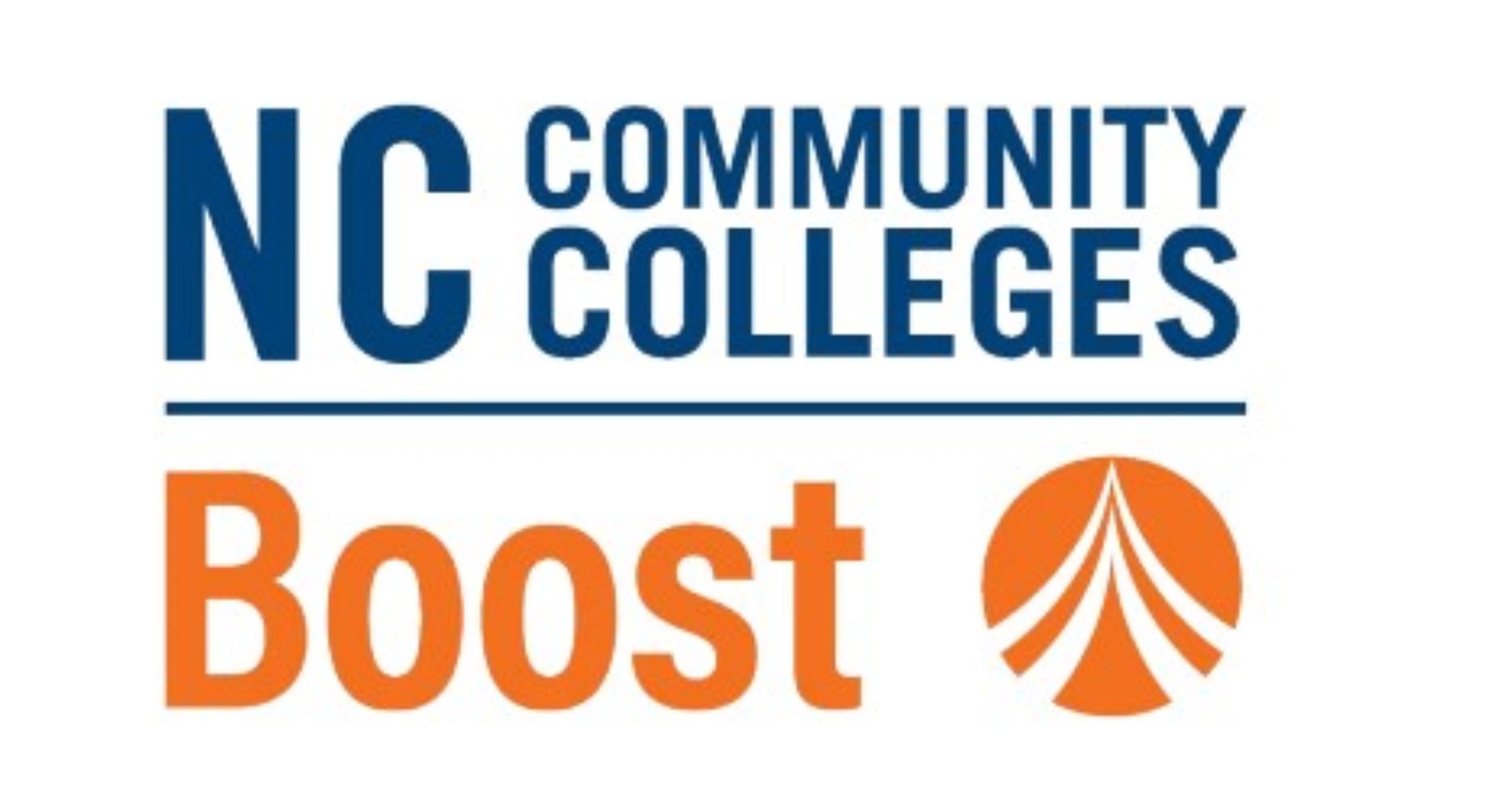Participatory science, also known as citizen science, gives students as young as elementary school an opportunity to collect and contribute scientific data to the science community and connect science to students’ lives.
“When students are able to engage in authentic science through data collection and sharing data with the science community, they recognize their important role in the scientific enterprise,” Alumni Distinguished Graduate Professor of Science Education Sarah Carrier said. “When students see science as more than a subject in school, it can open their eyes and minds as they learn strategies for exploring and learning about the natural world.”
For teachers who are interested in bringing participatory science projects into their classrooms for the first time, Carrier recommends the following advice for getting started:
1. Find the right project: There are a number of participatory science projects available that can be adapted to a classroom context and support learning goals. Finding a project that aligns with grade-level objectives, rather than adding work to the curriculum, can help make implementation successful.
Carrier recommends SciStarter and CitSci as resources for selecting a participatory science project to engage students in science learning.
2. Don’t be intimidated by a long-term project: Selecting a project that can span several months, or even an entire school year, can help drive home the ongoing nature of science data collection and communication.
Carrier explained, “Science can help all students be successful! There is no ‘wrong answer,’ and if the data do not make sense, students can examine and discuss the importance of data collection protocols and measurement strategies. And have fun!”
3. Share your goals: Share with your school administrators what you hope to accomplish by engaging your students in citizen science projects and the critical learning opportunities for students, so they can understand the value in the activities and support your efforts.
“It also helps to involve other teachers and students at your school with whom you can communicate your experiences and findings,” Carrier said. “You can also encourage each other on the inevitable days when you feel there is just not enough time in a school day. There never is enough time in a school day, but the payoff in student enthusiasm, engagement and learning is priceless!”
4. Make data collection part of the classroom routine: Making data collection related to your chosen project a routine classroom activity can help students recognize the ongoing nature of data collection and the contributions to scientific knowledge, rather than seeing data collection as something that happens in a “one and done” unit.
“Don’t stop with students collecting data! In addition to data collection, students love learning that they are contributing data to the science community, and importantly students can learn strategies to make sense of their own data as they compare their data with data of other scientists,” Carrier said.
5. Invite scientists to class when possible: When feasible, invite professional scientists to talk with students about their work to help students recognize their contributions to science. For example, in a participatory science project focused on weather, invite a local meteorologist to talk about their work, or for projects focused on insects, invite and entomologist.
“In our experience, students are excited to know their important role contributing data for scientists. Connecting the project to students’ lives helps students recognize their important roles and may help them envision future careers in science” Carrier said.
- Categories:



